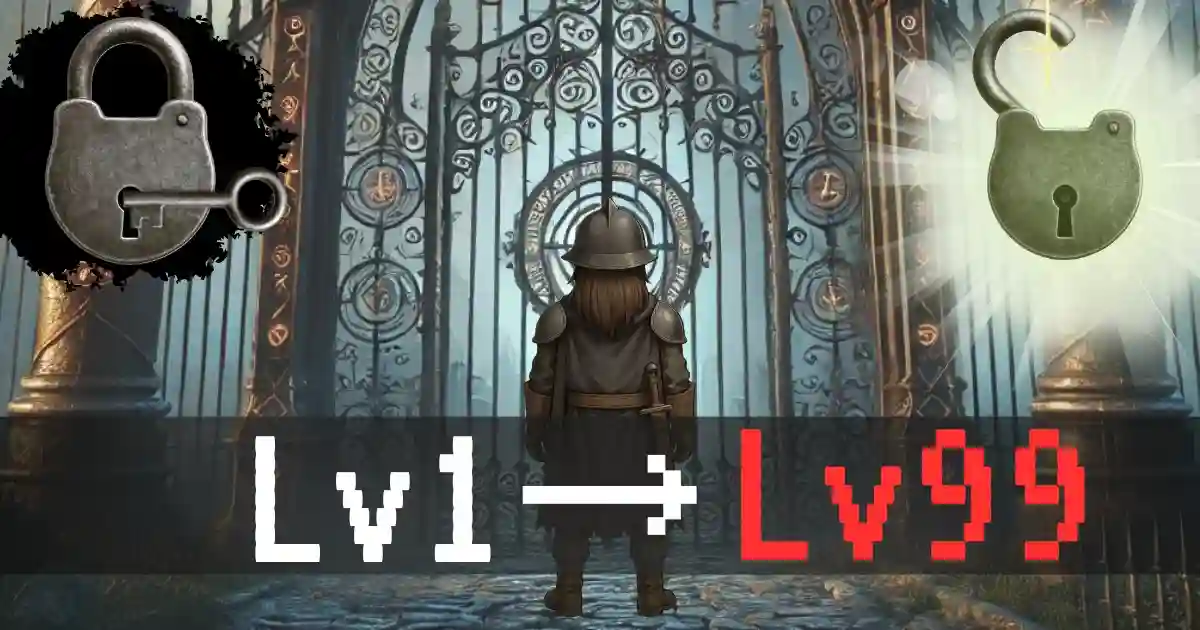Summary
In this episode, I talk about my struggle with CSS positioning—relative, absolute, and fixed—and how those properties caused my layout to break in unexpected ways. With the help of AI, I finally understood the rules behind “which element is the reference point” and learned how to place elements exactly where I wanted. I also explain common beginner pitfalls and how to overcome them.

…But before we dive in, take a look at this—this is the app I spent 1,000 hours building from scratch. I started with zero knowledge, and I want to share with you how I got here!
No matter how much I adjusted it, the button just wouldn’t land where I wanted on the screen.
“Is it the margin? The padding? Or maybe top or left?” I tweaked everything endlessly, but nothing worked.
That’s when AI explained to me that the positioning in CSS is based on parent-child relationships—and that changed everything.
The Three Confusing Siblings: relative, absolute, fixed
At first, when I was told “relative is the parent, and absolute is the child,” it didn’t make any sense.
But AI used metaphors like “a sofa and a cushion” or “a flyer taped to the ground” to help me understand:
- relative: Like a sofa — something that becomes the reference point for others
- absolute: A cushion placed on that sofa — it can move freely, but based on the sofa’s position
- fixed: A flyer taped to the wall — it stays in the same place no matter how you scroll
Chaos on the Front Lines
.status-box {
position: absolute;
bottom: -240px;
right: 20px;
}
When I saw this code, I panicked.
“bottom: -240px?! That’s a minus! Doesn’t that send it off the screen!?”
But again, AI calmly explained that this value means the element is escaping relative to its parent—so it finally clicked.
Fixed Position: The Lone Wolf
To create a blurred background, I used this CSS:
.settings-background {
position: fixed;
top: 0;
left: 0;
}
This element doesn’t care about its parent at all.
It positions itself based on the entire screen (window), and stays there even when the page scrolls.
Using this trait, I managed to blur the background image and keep it fixed full-screen.
Learning Through Trial and Error
To be honest, I used to get a headache just hearing the word “CSS.”
But little by little, I started recognizing things like “Ah, this must be the parent” and “This is how the child behaves.”
Each understanding gave me a small but solid confidence boost.
Whenever I felt frustrated by broken layouts, instead of giving up, I turned to AI.
And that one step—just asking—helped me move forward.
Getting buttons and messages to appear exactly where I envisioned is oddly addictive.
You don’t need perfection.
Even just a “Hey, I think I’m starting to get it” is enough.
Each step adds up—and I’m starting to feel that, for real.
●NEXT
AI App Development from Zero Knowledge – 1000 Hours #7
(👉#1)
●My HP
Check Out the Website I Built Using My 1000 Hours of App Development Experience!

It may look like a game, but it’s actually a website I built after 1,800 hours of development. It was tough, but I gained the skills to build anything.
This site is designed to help people around the world pursue their dreams—using Japanese-style diligence and five key pillars: learning, exercise, sleep, nutrition, and time. I’m living this lifestyle too.
One day, I hope to team up with users who reach their dreams here and take on world-changing projects together.
So—want to chase a big dream with me?
👇 This is who I am—and how I got here. 👇
The Story of a Japanese Former Teacher Who Didn’t Know Himself—Until He Spent 1,800 Hours Creating a Website to Find Out
👇Here’s how to make your WordPress site multilingual👇
[For Complete Beginners] The Fastest Way to Make WordPress Multilingual for Free


コメント